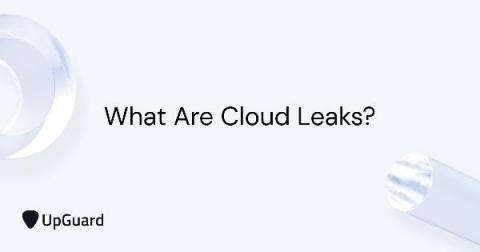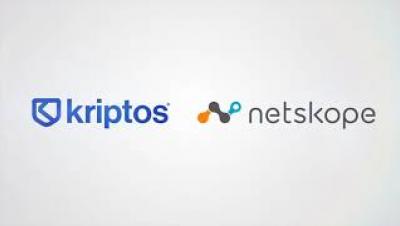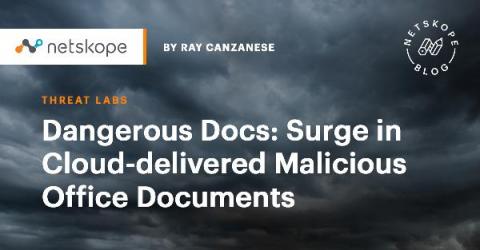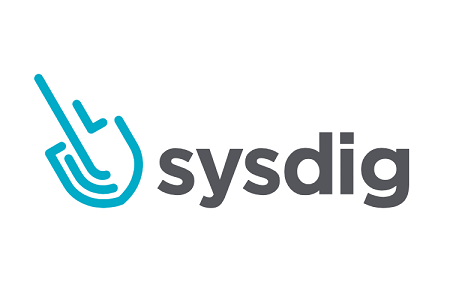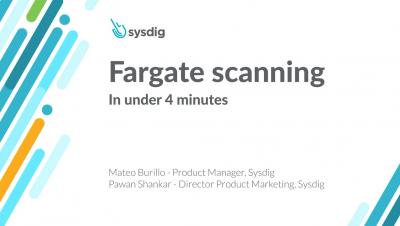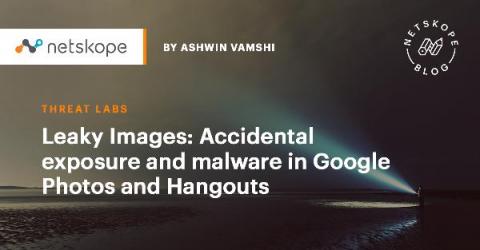Security | Threat Detection | Cyberattacks | DevSecOps | Compliance
Cloud
The Future of Work: Enabling the Not-so New Normal
At this point in the pandemic, you’re probably tired of everyone referring to remote working as “the new normal.” Large companies like Facebook, Google, and Twitter have already announced that they will be working from home until the end of 2020 at the earliest, or as far out as August 2021. So, if these companies are any indication, we will all still be working from home for the foreseeable future.
What Are Cloud Leaks?
It seems like every day there’s a new incident of customer data exposure. Credit card and bank account numbers; medical records; personally identifiable information (PII) such as address, phone number, or SSN— just about every aspect of social interaction has an informational counterpart, and the social access this information provides to third parties gives many people the feeling that their privacy has been severely violated when it’s exposed.
Demo: Netskope and Kriptos
Dangerous Docs: Surge in Cloud-delivered Malicious Office Documents
The global pandemic caused an abrupt shift to remote work among enterprise knowledge workers, which in turn resulted in an increase in risky behavior. Attackers immediately tried to capitalize on the pandemic, with COVID-19-themed phishing emails, scams, and Trojans. At the same time, techniques used in more sophisticated cyberattacks continued to evolve.
Sysdig Boosts AWS Security with the First Automated Inline Scanning for Fargate
Fargate scanning in under 4 minutes
Leaky Images: Accidental Exposure and Malware in Google Photos and Hangouts
Did you know that the default link sharing option in Google Photos allows anyone with the link to view the files and all images shared in Google Hangouts that are publicly accessible? In this edition of our leaky app series, we will cover how image link sharing in Google Hangouts and Google Photos can lead to the accidental public exposure of sensitive data. We will also look at the threat detection capabilities of Google Photos and Google Hangouts.
Stories from the SOC - Cloud and On-site Protection
One of the benefits of having your managed detection and response (MDR) service managed by AT&T Cybersecurity is the visibility into threats from a large number of customers of all sizes and across different industries. This allows the team to take what they learn from one customer and apply it to another. Our security operation center (SOC) analysts were able to use an OTX alarm and an AWS correlation rule to discover open ports on public facing servers for two different customers in 24 hours.




